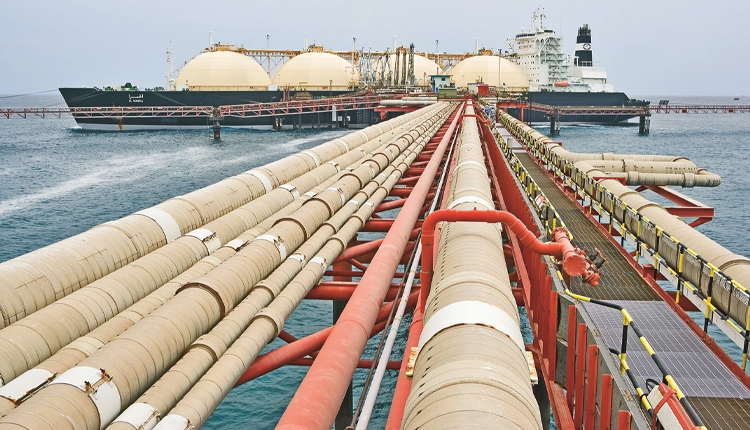Chinese refiners are actively scheduling crude oil cargoes for delivery in March and April to top off supplies, lock in cheap prices, and prepare for increased demand in the second half of 2024, according to Reuters.
Despite escalating tensions in the Middle East, global benchmark Brent futures have remained below $80 a barrel since December, rendering oil appealing.
Additionally, Beijing has imposed new quotas on refiners’ ability to import crude and export fuel, thereby enabling them to increase their purchases and operations.
Although Asian refiners are scheduling seasonal maintenance for the second quarter, which normally lowers the region’s oil demand, strong demand from the top crude importer in the world is supporting spot premiums for Middle Eastern crude exports.
“There will be a stock-building spree over the Q1-Q2, in preparation for the summer,” said Kpler analyst Viktor Katona, repeating a trend seen by Chinese refiners in 2023.
“This has worked wonders for them last year and this year it seems to have an even better delineation between a weaker H1 and a stronger H2.”
Last year, China purchased oil in unprecedented quantities, amassing about 1 billion barrels of crude oil in its possession. Late July saw refiners begin to reduce their stockpiles, which enabled China to ride off last year’s price surge spurred by Saudi Arabia, the dominant member of OPEC, voluntarily cutting its output.
Following a surge in crude processing by refiners in the fourth quarter, data from analytical firms Vortexa and Kpler revealed that China’s crude stockpiles dropped to 933–951 million barrels last week.
“Chinese refiners, led by Unipec, are moving quickly this month … They snap oil from all over the world, except for the U.S. due to high freight rates,” said an oil trader with a Chinese refiner, referring to the trading arm of Asia’s largest refiner Sinopec (600028.SS).
Another oil trader stated that Unipec ordered more Brazilian and Middle Eastern crude in January than it did in the previous two months, although traders believed it was difficult to assess its purchases.
Crude shipments are scheduled for delivery to China in March and April by dealers in January.
SINOPEC’S DECLINING INVENTORY
According to Emma Li, a Vortexa analyst, Sinopec’s inventories dropped to less than 300 million barrels last week from an all-time high of over 350 million barrels in mid-June 2022.
“If the current rate of stock draws continues, Sinopec’s inventories are projected to reach a two-year low in March,” she stated.
According to multiple trading sources headquartered in Europe, Angola’s February-loading cargoes have largely sold out as a result of a resurgence in sales to Asia, particularly to China.
The average spot premiums for the Middle Eastern oil benchmarks, Dubai, Oman, and Murban, increased to over $1 per barrel to Dubai quotations in December, from 38-month lows of less than 50 cents per barrel. This increase was supported by strong fears about supply interruption and trade disruption resulting from the intensifying Red Sea conflicts.
Following the issuance of additional quotas, state refiners in China have increased their output and exported refined products.
The Chinese oil dealer stated, “It’s hard to tell the demand picture in the upcoming months, but it should be at least better than now.”
“Current oil prices are still within our comfort zone, so refiners cannot go wrong to refill some stockpiles.”


